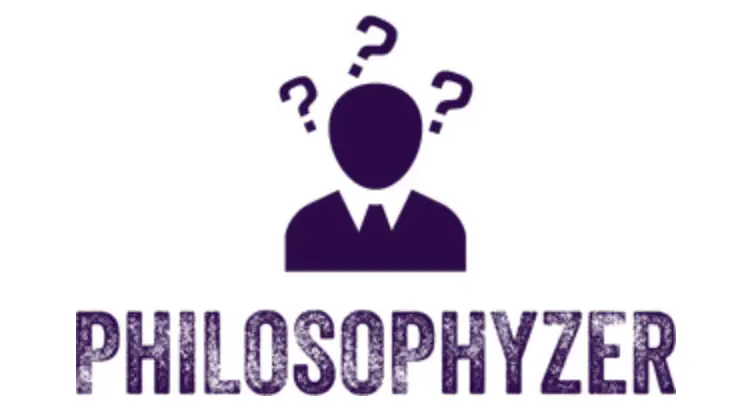The Swiss psychologist, Jean Piaget (1896-1980) researched childhood experiences in general and produced a structure for developmental thinking which he hoped would enable us to understand more fully the processes of thinking, which children and adolescents use in their selection, search, manipulation and organisation of their experiences.
Ronald Goldman Applied Piaget’s General Structure
In the 1960’s, Ronald Goldman applied Piaget’s general structure to the religious development of children and adolescents in particular. His books were very influential in the movement to make religious education child-centred. Goldman advocated religious education by means of ‘themes, based upon the real life experiences of the children.’ We are not directly concerned here with religious education as such but with the characteristics of religious experience in childhood and adolescence. Although Goldman had an eye for what could be taught to children and at what age, much of the material he used casts light on the characteristics we are concerned with.
Goldman believed that the Bible, for example, was taught at too early a stage in the child’s development and in a way which made it incomprehensible. He applied certain tests to check whether or not this was the case. Children of various ages were asked to look at these three drawings and answer questions about them.
The children were also told three stories and were questioned on these too:
i) Moses and the burning bush (Exodus 3.1-6)
ii) Crossing the Red Sea (Exodus 14)
iii) The temptations of Jesus (Matthew 4.1-11)
Goldman Published The Results of His Work
Goldman published the results of his work in Religious Thinking from Childhood to Adolescence (1964). The findings of this book were inevitably negative and Goldman was pressed to write about what could be taught effectively to children and adolescents. He had diagnosed the problem; what about the solution?
Goldman’s Book: Readiness for Religion
Goldman answered the requests in 1965 with his book, Readiness for Religion. The subtitle was ‘A Basis for Developmental religious Education’ which demonstrates his reliance on Piaget’s work. Piaget’s original developmental structure and Goldman’s application of this to religious experience can be found in two tables at the end of these notes. Goldman’s scheme breaks down into five parts:
i) Pre-religious thought (infants 5 to 7+ years)
ii) Sub-religious thought Stage I (early juniors 7 to 9 years)
iii) Sub-religious thought Stage II (late juniors 9 to 11 years)
iv) Personal religious thought Stage I (early secondary 11 to 13 years
v) Personal religious thought Stage II (middle secondary 13/14 years onwards)
What follows are pages summarising Goldman’s views on the characteristics of religious experience in:
1. early childhood;
2. middle childhood;
3. late childhood and pre-adolescence;
4. adolescence
(Please note: There is a video programme available on Piaget’s life and thought)
If you like this article, you might be interested in Religion in Childhood and Adolescence and Tillich: Dynamics of Faith
Students: Earn Money Through Matched Betting

Your Website and comments as a philosopher is the clearest and most insightful I ever read. They reflect a genius of sort in their abilities to cut through thousands of words that been read on the subject or topic and expose the inner glow of experienced knowledge. Thank you Dr. Errol D. Alexander Arrowhead Institute USA